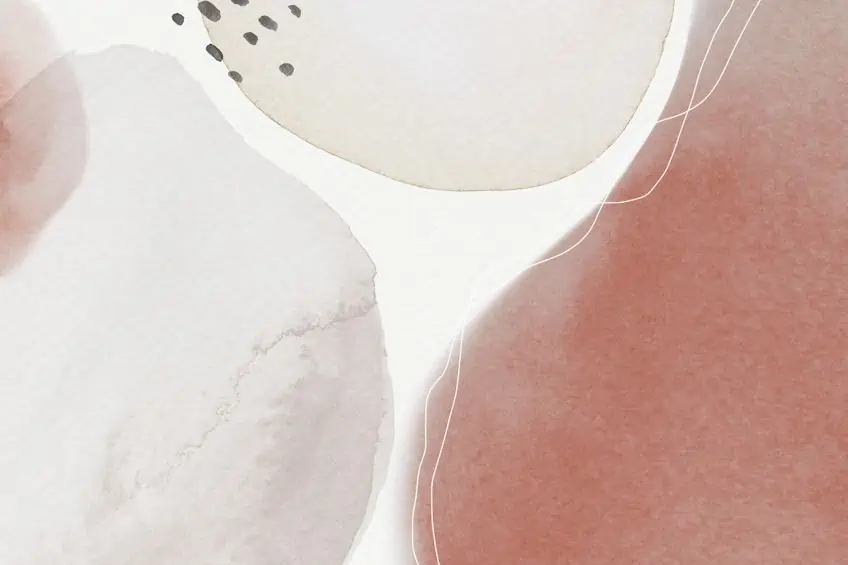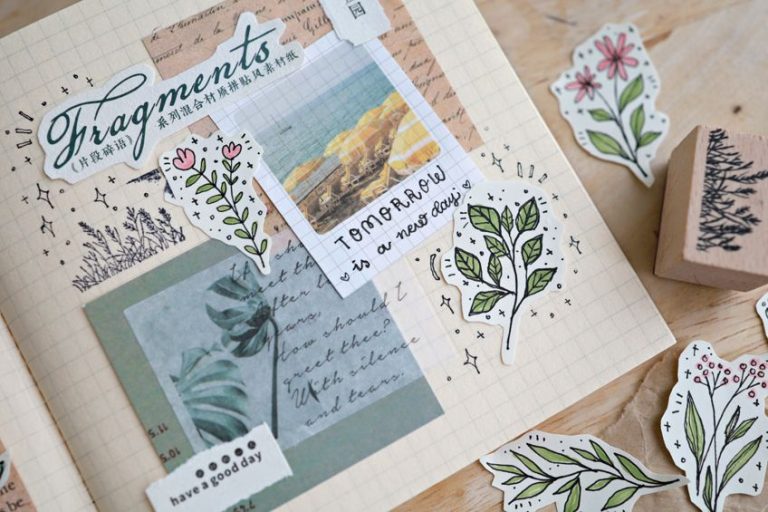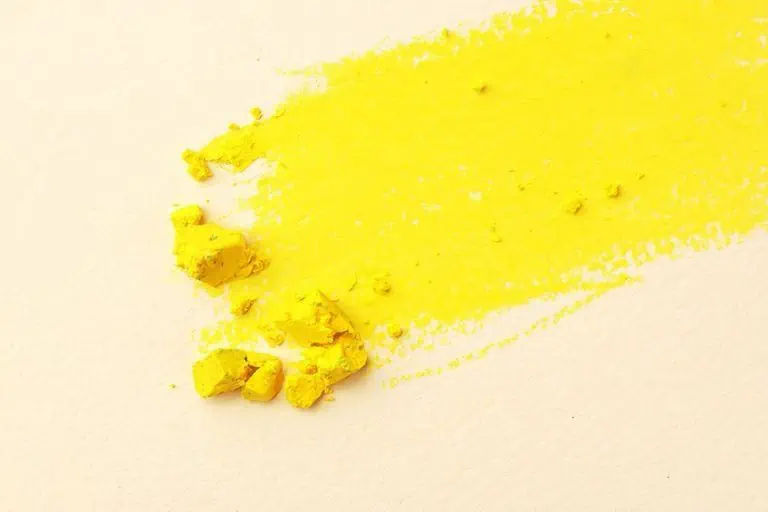What Is a Masking Fluid – Learn How to Use it the Right Way
This post may contain affiliate links. We may earn a small commission from purchases made through them, at no additional cost to you.
Various techniques can be utilized in all forms of art. Watercolor painting, for example, uses various techniques to create a range of different and interesting effects to form amazing art pieces. One of these techniques is using masking fluid, which leaves white areas on the paper to create a unique contrast. Simply leaving areas blank can be tricky, as it is not always possible to control the flow of your paint, and this is where art masking fluid plays a role. The masking fluid both helps to repel paint as well as water, and once removed, produces some stunning results. Continue to read and discover, in more detail, about watercolor masking fluid.
Table of Contents
What Is Masking Fluid?
Liquid masking fluid, also known as frisket, is used to cover up areas where you do not want your watercolor paints to flow. This preserves white areas on the paper after the watercolor paints have been applied. The watercolor masking fluid is usually a clear masking film and consists mainly of liquid latex. You can also get masking fluid products that have a slight tint, which is used to help you apply the fluid more easily to the white paper as you can see what you are doing.

The art masking fluid is applied and must dry before painting, providing a waterproof layer on the paper in the design you want. You can, of course, use white paint in these areas but the white of the page offers a more pure and vibrant white. Watercolor masking fluid is especially useful when you want to create a fair number of white shapes against a darker background. Simply apply the masking fluid, and then wait for it to dry before applying a background wash.
This is the main benefit of using art masking fluid, being able to create detailed shapes or images without you having to carefully paint around everything. Once done, you can then apply any other watercolor techniques for added effects. Applying masking fluid is also a good way to perform negative painting, where the painting is done around the subject instead of painting the subject itself.
However, the masking fluid does produce fairly hard edges to the white shapes, so if you are looking for softer edges, it might not be the technique you are looking for.
Considerations when Purchasing Liquid Masking Fluid
Finding the best masking fluid for your watercolor art is important, and if you are a novice in watercolors, you might not know what to look for when purchasing a liquid masking fluid. There are various features to consider and below are a few you should look out for.
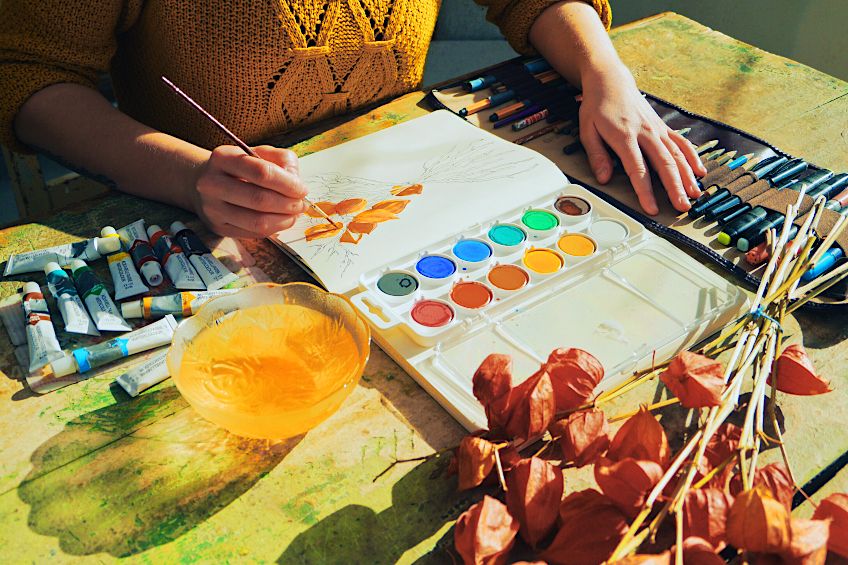
Compatibility
Liquid masking fluid can be used with watercolors and other mixed media art, there is masking fluid for each type of project. Always check the label to see where it is best to use, as some manufacturers develop products specifically for watercolors.
Other products can be used on oils, acrylics, and even inks.
Transparent to White Masking Fluid
You do get some masking fluids that are transparent and will not leave any stains, while others contain a tint that makes it easier to see and apply to areas. However, the tinted masking fluid can leave a stain behind on the paper, while the transparent fluid is difficult to see. So, you might have to try a few and discover which one is best for you.
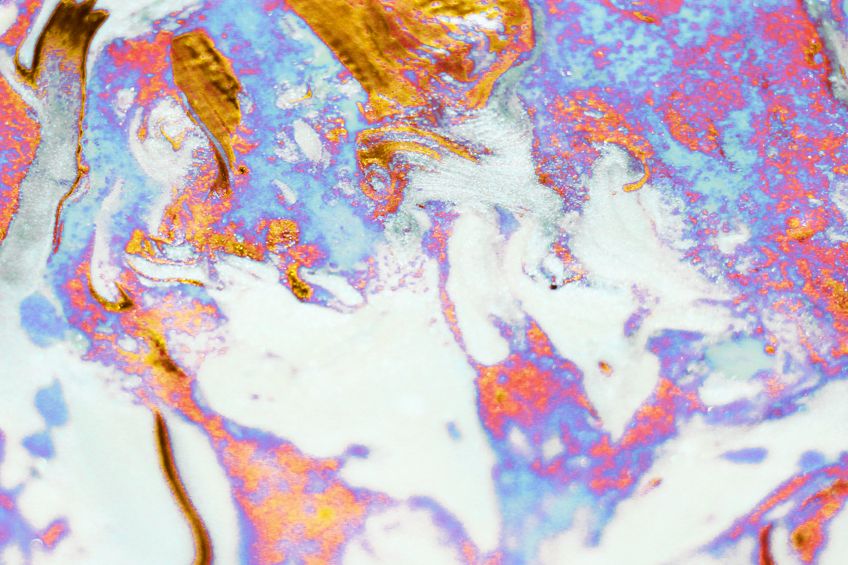
Thickness
You should look for a liquid masking fluid that is not too thick and, therefore, difficult to apply, or not too thin that it runs all over the place. You need masking fluid that is easy to use and manipulate into various shapes without difficulty.
The masking fluid should ultimately have a creamy, thin consistency that is not too watery and is easy to control.
Types of Applicators
You want to be comfortable with the tools you use when painting. When it comes to masking fluid, you can get products that come in bottles. You can use an old paintbrush in this case, or there is special applicator masking fluid pens in different sizes for this purpose. These are great for more precise applications, while the brush is best for larger surface coverage. You can also get refillable fluid pump markers and bottles with tip applicators. You should also take note that the pens can clog when using masking fluid. Another disadvantage is that the masking fluid will ruin your paintbrush, so make sure it is an old or cheap one you do not mind throwing away after use.
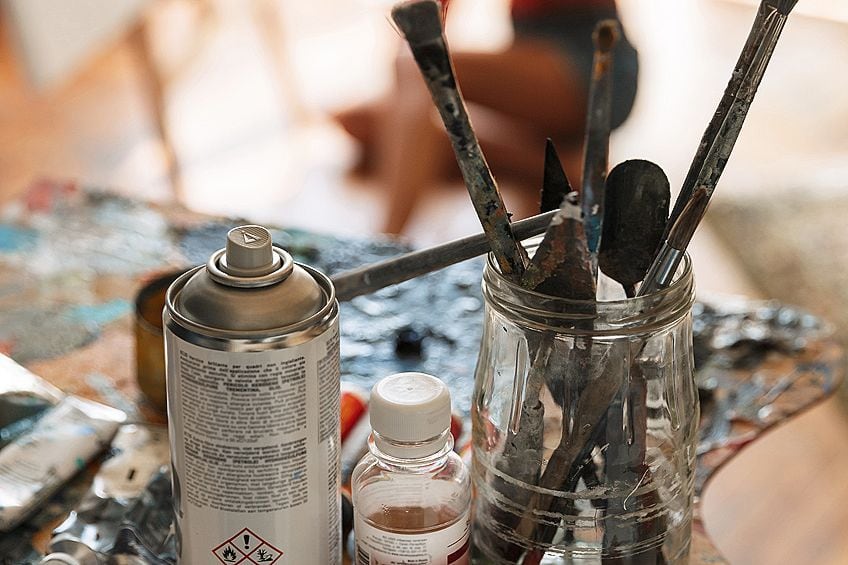
Applying the Masking Fluid
When applying the art masking fluid, you will have to wait for it to dry thoroughly before you begin to use the watercolor paints. You will have to decide whether this technique is what you want to do, and you need to be prepared for the waiting period. You not only have to apply the masking fluid but it must also be removed.
You have a choice of either removing it with an eraser, your fingers, or a special peel-off formula.

How to Use Watercolor Masking Fluid
Art masking fluid is a product that can be used to keep certain areas clear of paint so that the white surface shows through once you have finished painting. You can find masking fluid that works on surfaces like porcelain or even glass. However, the most popular material is paper when used with watercolor masking fluid. This technique creates a unique look and helps provide highlights, certain details, texture, and negative painting. How to use masking fluid is our next step, let us take a look.
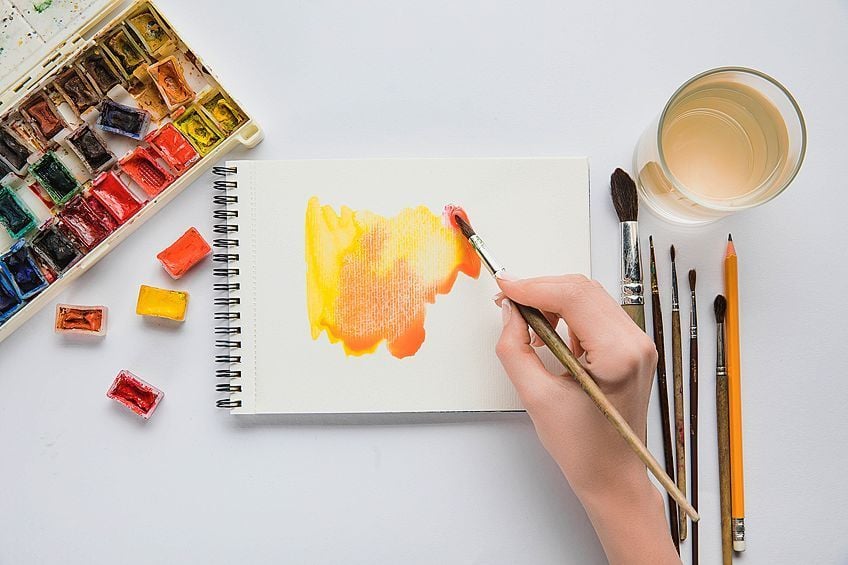
Before you even begin, it is best to plan what you are going to do. Make sure you know where you want your highlights to sit or what areas you want the masking fluid to be. Draw a basic pencil sketch to create an outline of your work. You can then gather everything you require, which can include the following:
- Masking fluid
- Watercolor paper
- Watercolor paints
- Eraser for removing the masking fluid once dry
- Brushes
Once you have everything, we recommend you open the masking fluid and stir it lightly, do not shake the bottle. Shaking the bottle can create lumps and bubbles, which you want to avoid. If you find that the masking fluid seems a bit too thick, you can add a drop of water to help thin it out so that it spreads easily. Only add a drop or two, if you add too much water, it will affect the properties of the masking fluid and it will be difficult to remove once dry. Always use a cheap or an old brush when applying the masking fluid, as you will not be able to use it to paint with again.
To make it easier to clean, wet the brush and coat it with a little soap before using the masking fluid. Clean the brush straight away once you are done with water. You can also consider using silicone brushes or synthetic brushes if you use masking fluid regularly.
You can also use other tools besides brushes to apply the masking fluid, which can help to create various effects. For example, you can use a toothpick for small dots or lines, or a toothbrush for a splatter effect. You can also try using masking fluid on already dried painted areas. This can help to preserve the painted area while you are busy nearby. However, when you remove the masking fluid, some paint might come off with it, leaving the color lighter than it was.
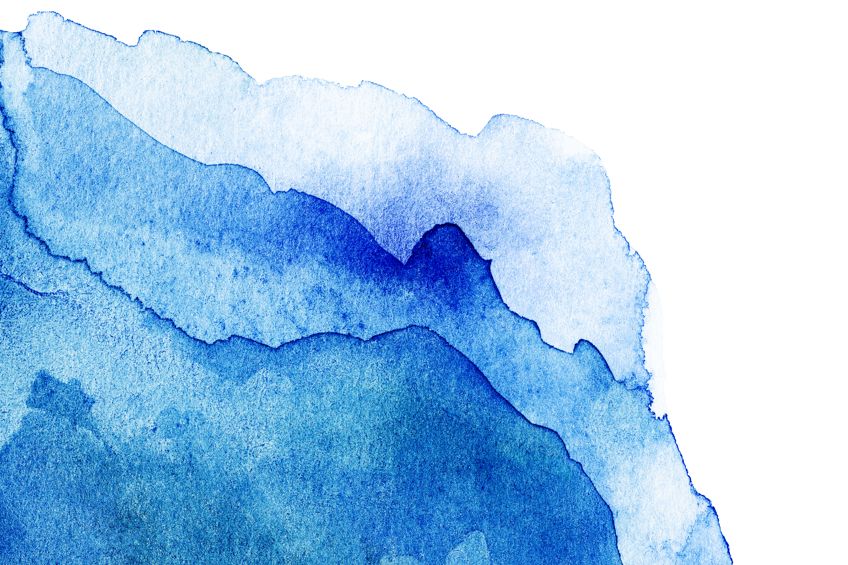
Masking fluid has to be applied to a surface that is dry, and once applied, it needs to dry thoroughly before you begin painting. You do not want the paint and fluid to mix, canceling out the effect you are going for. If you think using a hairdryer will quicken the drying process, it is not a good idea as it will cause the masking fluid to stick to the paper and it will be difficult to remove. You must then wait for the paint to dry, then you can remove the masking fluid. In some cases, you can simply use your fingers, or you can use an eraser to lightly peel it off. Most times, you might notice hard edges remain after the masking fluid is gone. You can try using a damp brush to soften the edges.
How to Remove Masking Fluid
Always make sure the masking fluid is completely dry before removing it. How do you know when it is dry? Well, it can still feel tacky even if it has dried, however, it is best to wait at least 20 minutes or longer, depending on a few factors as listed below.
- How thick did you spread the masking fluid?
- Is the room or environment humid or dry?
- How hot or cold is the temperature?
The thicker the fluid is applied, the longer it will take to dry. Also, leave it longer to dry in cooler and more humid conditions. When the masking fluid has dried properly, it should peel off quite easily. Whatever method of removal you use, take it slow and be gentle to avoid tearing the paper. As mentioned, you can use your fingers to remove the masking fluid. However, it might not be the best option as you risk leaving small traces of oil from your fingers behind and this can ultimately affect the watercolors if you want to paint again. You could also use something like a tissue to rub it off, but this can be a little harsh on the paper.
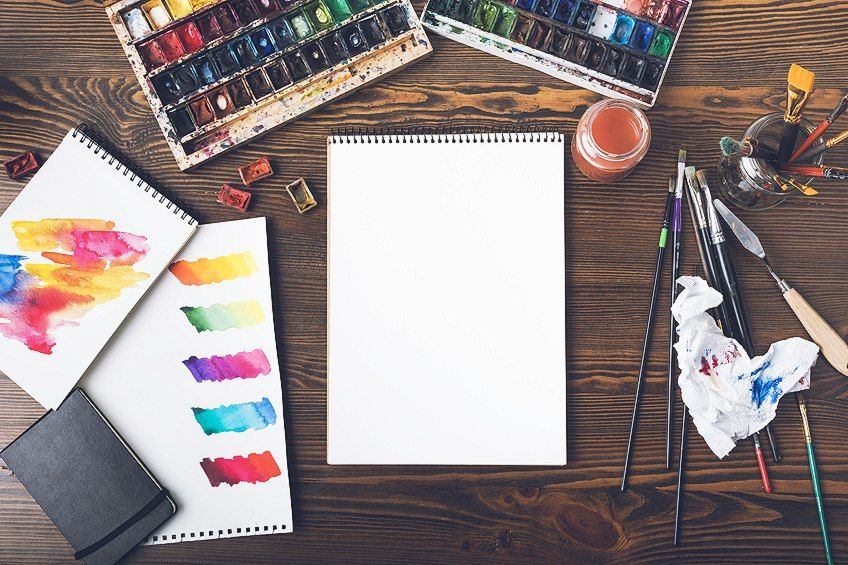
The most popular method for removing liquid masking fluid is using an eraser, also known as putty or kneadable rubber. This can be molded and shaped for better removal of any residue on the paper. Take some of the eraser or putty rubber and rub the edges of the dry masking fluid, which should begin to lift, and you can then peel it off. As a final method of removal after the eraser, you can use some masking tape around your finger, sticky side facing out, and dab the area where the masking fluid was applied. You can also use a rubber cement eraser and it is used as a regular eraser. Lightly tap down onto the masking fluid and then pull up.
Do not rub too hard as you can tear the paper.
Methods for Applying Watercolor Masking Fluid
There are various ways you can apply the masking fluid to create different effects. You can even experiment with various ideas to see if it works. Who knows, you might come up with your own unique method. We have already mentioned toothpicks and brushes, however, there are many other tools you can use. For example, sponges, or rubber color shapers.
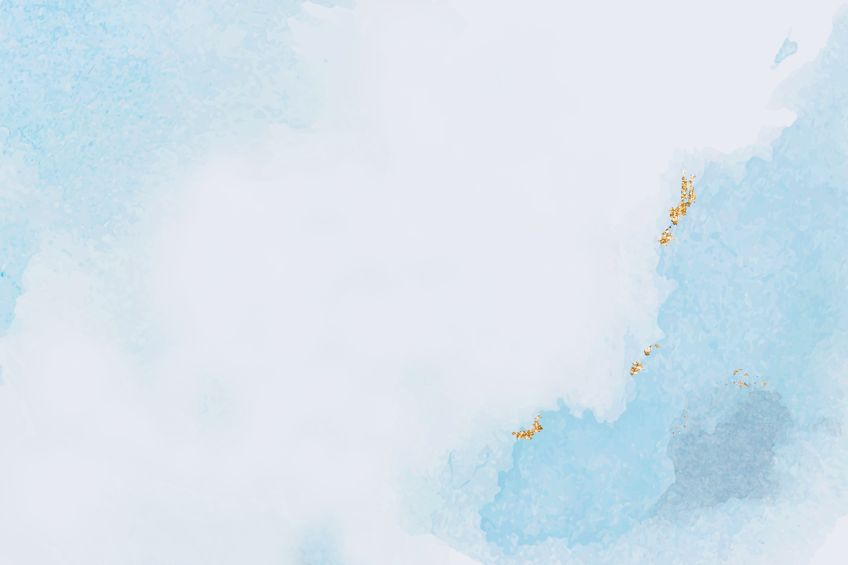
How to Use Masking Fluid With a Brush
This is the most common form of application as the masking fluid runs off the brush quite well and you can usually create nice long strokes. Synthetic brushes are easy to clean as long as you clean immediately after you are done painting. To help make your brushes last longer and perform better, you can first wet them and coat the bristles with some soap. This helps to protect the brush fibers when you dip them into the masking fluid.
You can dip the brush into some soapy water again after a few applications of masking fluid, which helps to prevent the masking fluid from drying out and becoming gooey.
Masking Fluid Pens
You can get what is known as an art ruling pen, which is a tool you can fill with fluid and then use to apply lines to your paper. These masking fluid pens are excellent for creating more precise lines. For example, whiskers, hair, grass, or any other fine lines. There are also fluid pump markers, which might sound easier to use but they are more expensive, and you get a lot less masking fluid. Masking fluid pens can create beautifully precise blank spaces in your work.

Color Shaper
A color shaper is used for painting, blending, drawing, and lifting and is made of a rubber composite, and is shaped like a normal painting brush. These shapers can be dipped into the masking fluid and then applied to the paper. They do need to be dipped quite often as there are no fibers, which also makes them easier to clean.
However, the smooth flow when applying is not the same as with your normal synthetic brush.
Applying Masking Fluid With a Sponge
This method of applying masking fluid provides some amazing texture effects. You can use any kind of sponge, however, many prefer using a natural sponge. Make sure to dampen the sponge before placing it into the masking fluid. Apply to your surface and clean directly after you are finished. The latex in the masking fluid does tend to accumulate on the sponge, however, you should be able to still use the sponge without problems.

Using a Toothbrush With Masking Fluid
You can use a toothbrush with paint to create a splatter effect, the same applies when using masking fluid. You can create a mass of white speckled dots in your paintings.
As with the paintbrush, the toothbrush should only be used for the masking fluid.
Do-It-Yourself Masking Fluid
Is there a way to make masking fluid at home? Yes, you can make your own art masking fluid at home with some simple ingredients. Below are two methods you can try. For the first method you will need the following:
- Water
- Airtight container
- Watercolor paints
- Latex fabric cement
- Paintbrush
- Spoon
You can begin by pouring in equal amounts of your fabric cement and water into the airtight container. You can add a tint to the mix if you wish by dipping your brush into a little watercolor paint, and then adding to the mixture in the container. You can use the spoon to lightly mix everything. Always stir gently and never shake the container, the same applies to your bought masking fluid.

The second method involves using some more unique items, including some stick deodorant, it can be a Lady Speed Stick or Dove, it does not matter. Scrape some of the deodorant stick into a bowl. You then need to melt this, so preferably place it into a glass bowl and heat it in the microwave. Make sure to heat it slowly as you only want it to melt and do not want it to become too hot. Ten to thirty seconds should be enough time to melt the deodorant pieces depending on how much you added to the bowl, just keep checking. Once it is in liquid form, you can then take an old brush and dip it into the melted deodorant and apply this to your paper and leave it to dry. You can then paint on your paper, then leave to dry, and remove the dried “masking fluid” with your fingernail or knife edge.
Watercolor Masking Fluid Tips and Tricks
To create the best effects with masking fluid, there are a few steps and techniques you need to use. So, to get the best out of your painting experience when using masking fluid, here are a few tips and tricks to help you along the way.
- Never use liquid masking fluid on paper that is still wet.
- Always wait for your masking fluid to dry completely before you paint.
- Once you have completed your painting, the paint must dry completely, before you remove the masking fluid.
- Remove masking fluid three to four hours after you have applied it, do not leave for days as it will become difficult to remove.
- You can apply the masking fluid to a painted surface, this helps preserve the paint while you are still painting. Preferably use professional quality watercolors for this as student grade paints tend to lift off when removing the masking fluid.
- Trying to speed up the drying process, for example, with a hairdryer, is not advisable as it can make it nearly impossible to lift off without damaging the paper.
- Many masking fluid products contain ammonia which can smell, so it is best to work in a space with enough circulating air.
- Preferably use higher-grade paper with masking fluid as the thinner or poorer quality paper will most likely tear when removing the masking fluid.
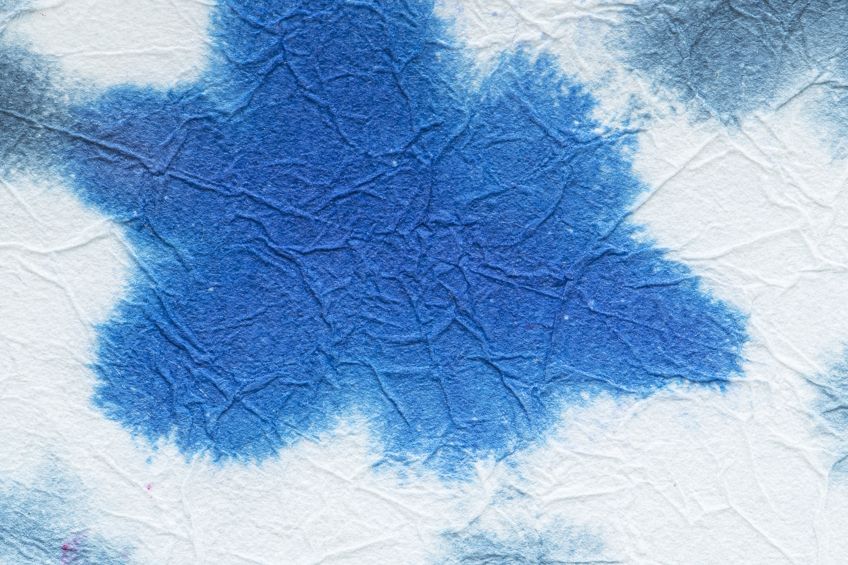
- If you are using acrylic paints, it is best to test out the masking fluid as some of the products can damage the acrylic paints.
- Using a color blender to remove masking fluid can help to lessen any tearing.
- Gently rub and slowly remove the masking fluid once it has dried.
- Try to apply the masking fluid thinly instead of too thick. If it is too thick, it can be difficult to remove without tearing the paper. Thinner layers also dry more quickly.
- Preferably use cheaper or older synthetic brushes and then use only for applying the masking fluid.
- Always clean the tool you are using for the application immediately after you are finished.
- Never shake your masking fluid before using, stir gently.
- Do not leave the masking fluid for days or weeks before removing it, it becomes more difficult to remove the longer you leave it.
- Air can dry the masking fluid quickly, so place some in a bowl and close the bottle to keep it from drying out.
- If you get masking fluid on your clothes, do not rub it off with water. Simply let it dry and peel it off.
Masking fluid can make a great contribution to your watercolor painting process. You can produce really beautiful effects by using masking fluid in a range of different ways. Not only is masking fluid great for watercolor painting, but it is versatile and can also be used with a range of other paint types.
Frequently Asked Questions
What Is Frisket?
Liquid frisket is just another name for masking fluid, the same latex-based fluid used to prevent paint from getting onto certain areas.
What Is Masking Fluid?
Masking fluid is used in art, but especially in watercolors, to create contrasting white areas. The masking fluid is applied, then painted over, and finally removed. The paint is not absorbed or does not flow in these covered areas. Once the masking fluid is removed, it leaves the white paper exposed and is perfect for creating highlights and other effects.
How Do You Remove Masking Fluid?
You will need to wait for the masking fluid to dry, and once you have finished painting, this has to dry as well. You can then take off the masking fluid with your fingers or use a special eraser.
Is It Possible To Use Masking Fluid With Acrylic Paints?
There are special watercolor masking fluid products available, however, you can also get more versatile masking fluid products that can work with most wet mediums, including acrylics and inks. You can also use the masking fluid on canvas in the same way you do on paper.
In 2005, Charlene completed her wellness degrees in therapeutic aromatherapy and reflexology at the International School of Reflexology and Meridian Therapy. She worked for a company offering corporate wellness programs for several years before opening her own therapy practice. In 2015, she was asked by a digital marketer friend to join her company as a content creator, and it was here that she discovered her enthusiasm for writing. Since entering the world of content creation, she has gained a lot of experience over the years writing about various topics such as beauty, health, wellness, travel, crafting, and much more. Due to various circumstances, she had to give up her therapy practice and now works as a freelance writer. Since she is a very creative person and as a balance to writing likes to be active in various areas of art and crafts, the activity at acrylgiessen.com is perfect for her to contribute their knowledge and experience in various creative topics.
Learn more about Charlene Lewis and about us.
